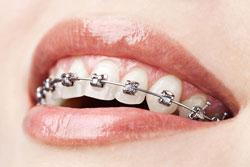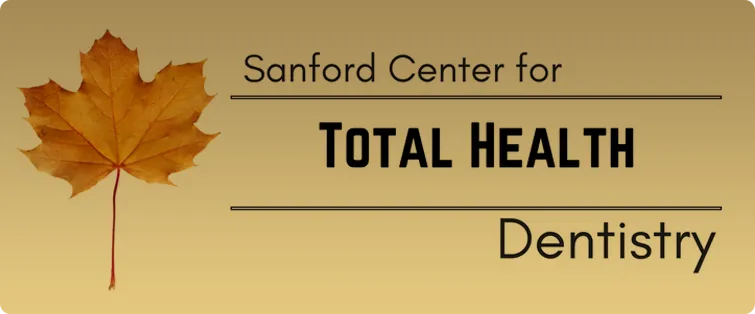 Find out just how braces in Allentown, PA can fix your bad bite problems.
Find out just how braces in Allentown, PA can fix your bad bite problems.
A bad bite can manifest itself in many ways. You may experience pain or discomfort, particularly when you chew or bite down. Some bite problems can even cause damage to your smile, producing excessive and unsightly wear and tear on your teeth. However, your Allentown, PA dentist can easily detect the first signs of a malocclusion, or bad bite. If we find that a bad bite is to blame for your dental issues, you may want to consider braces.
What are malocclusions?
If your Allentown, PA dentist tells you that you have a malocclusion it just means that you either have crooked teeth or a bad bite. When we say you have a bad bite that typically means that the upper and lower teeth do not line up properly. Malocclusions are very common (it’s rare for people to have a perfect bite).
While many times malocclusions only cause cosmetic issues for a person, crooked teeth can increase someone’s chances of developing cavities and a bad bite could cause pain and discomfort while eating. These are more severe cases.
What causes malocclusions?
A malocclusion develops as a result of the shape of your jaw and size of your teeth. If you have too much room or not enough room in the jaw, you may experience gaps between teeth or overcrowding. Tooth loss and thumb sucking can also cause malocclusions.
Do malocclusions have any symptoms?
If you have a malocclusion you may also have crooked or misaligned teeth. Some people may more serious smile issues like buckteeth while others may have underbites (in which the bottom set of teeth rests over the front).
How do braces correct malocclusions?
Overcrowding is often the most common issue when it comes to children and teenagers. Braces are recommended to help slowly reposition your teeth to fix your malocclusion. Orthodontics can also help reposition the jaw in the proper place. While braces can also help improve the appearance of an adult’s smile, surgery is the only way to correct jaw problems since the jaw has already fully developed.
Even after braces are removed, your child will need to wear a retainer to help teeth maintain their new position. If a retainer isn’t worn the teeth will most likely shift back to their original position.
How long will I wear braces for my malocclusion?
Everyone is different; however, child and teens often spend about two years wearing braces. We will create a treatment plan based on the severity of your malocclusion.
If you want to find out more about orthodontic treatment in Allentown and which type of braces is right for you, then schedule a consultation with Sanford Center for Total Health Dentistry today. Let’s fix your bite problems and give you a more perfect smile
